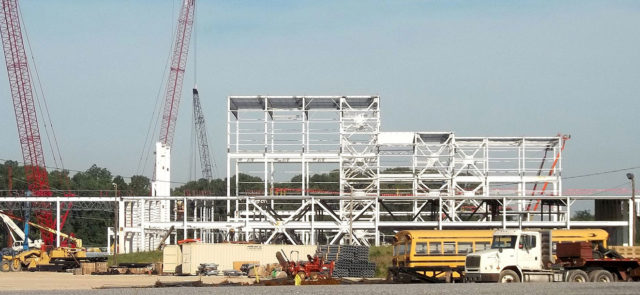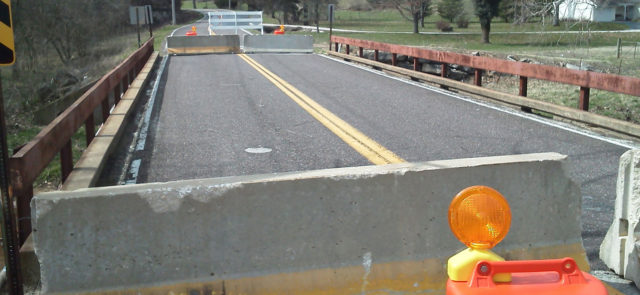
Liberty High School
Location: Wentzville, Missouri
Client: Wentzville R-IV School District
Services: Environmental, Water Resource Management
Overview:
Geotechnology provided geotechnical engineering, Phase I ESA, and natural systems consulting services related to wetlands/Waters of the United States (WOUS) delineation and 404/401 permitting, threatened and endangered species survey, and federal agency coordination.
A Phase I ESA performed during the due diligence period did not indicate the presence of Recognized Environmental Conditions (RECs) on the site; however, during the initial Phase I ESA research, it was apparent that potential jurisdictional Waters of the United States (WOUS) may be present on the site. In particular, an unnamed tributary with an established riparian corridor, two ponds and apparent isolated wetlands. Results of the delineation and USACE coordination indicated that the project site contained jurisdictional WOUS that would be subject to Section 404 and 401 reviews; specifically, two tributaries and a drainageway.
Geotechnology worked with the design team and came up with a mitigation strategy that reduced stream impacts, leaving several hundred feet of stream undisturbed.
Based on the reduction in stream impacts, Geotechnology was able to formulate an on-site mitigation plan, thus eliminating the need to buy stream mitigation credits from an off-site mitigation bank. The mitigation plan included extensive bush honeysuckle removal in the existing riparian corridor as well as supplemental planting of native grasses, shrubs, and trees. The removal of bush honeysuckle not only met mitigation needs, but also opened up the stream corridors for better visibility as desired by the School District.
Cost savings to the client:
By reducing stream impacts and mitigating on-site, Geotechnology and the design team helped reduce mitigation costs by approximately $300,000. Additionally, due to the minimal impacts proposed for the project, the USACE processed the Section 404 permit as a Nationwide Permit instead of an Individual Permit. Issuance of a Nationwide Permit effectively reduced the permitting time frame by at least three months. The final project preserved the majority of the jurisdictional streams on the site and enhanced the riparian corridor.



